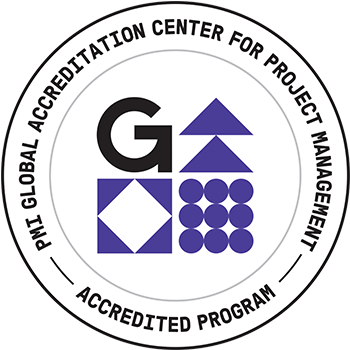This paper will provide a description of Near Site Agile and it’s advantages for scaling custom software development, especially for public sector clients. Near Site Agile splits agile teams so PMs and BAs work onsite with the customer, and developers and testers work from nearby delivery centers where labor rates are significantly lower. This allows the developers to travel to client site as needed for agile ceremonies and client relationship buidling, while also providing the scalability of an outsourced delivery center for team cost, flexibility and crosstraining. The trick is staying “agile” despite the lack of colocation and resulting pressures for both clients and contractors to matrix or departmentalize project teams.
Lessons learned will be drawn and evaluated from IBM’s project of the year winner for project management, Electronic Records Administration 2. This project used Near-Site Agile to deliver cutting edge custom cloud-based appications to process and access petabytes of data for the National Archives despite significant budget, facility, and schedule constraints.

